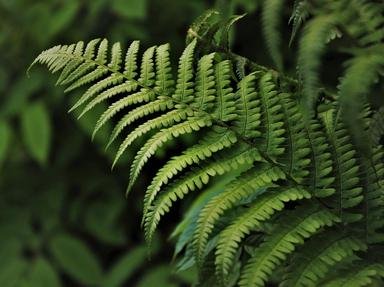Quiz Answer Key and Fun Facts
1. If you wanted to see some of these magnificent saguaro cacti in their natural environment, which of these US states would you have to visit?
2. The prickly pear is another well-known cactus that grows in a variety of arid and semi-arid environments. What is the Spanish name of this plant, reminiscent of an Asian country?
3. Another native of the Americas, the beautiful blue agave plant has a scientific name that points to its role in the production of which heady beverage?
4. Bromeliads, which grow in a variety of environments, have developed very sophisticated strategies for storing water. Which is the most famous member of this large family of tropical plants?
5. The horned melon, or kiwano, now cultivated for its fruits in various countries, is a native of sub-Saharan Africa, in particular of which large southern desert?
6. Known as the "tree of life" for its many uses, the carnaúba palm is endemic to the Caatinga, an ecoregion found in the northeastern part of what large country, most of which lies in the Southern Hemisphere?
7. This striking, umbrella-shaped tree is endemic to the hot and dry Socotra Archipelago in the Arabian Sea. What fierce creature of Western and Eastern mythology is it named after?
8. Mulga is a distinctive habitat found in the arid and semi-arid regions of inland Australia, named after its dominant tree species. What kind of tree, also found in Africa, is a mulga?
9. Widespread around the Mediterranean region, the oleander is a popular ornamental plant. However, in spite of its attractiveness, it needs to be handled with care. Why?
10. California sagebrush is characteristic of the vegetation known as chaparral. In spite of its name, it is not a species of sage, but rather related to which aromatic plant mentioned in the Bible?
Source: Author
LadyNym
This quiz was reviewed by FunTrivia editor
rossian before going online.
Any errors found in FunTrivia content are routinely corrected through our feedback system.
